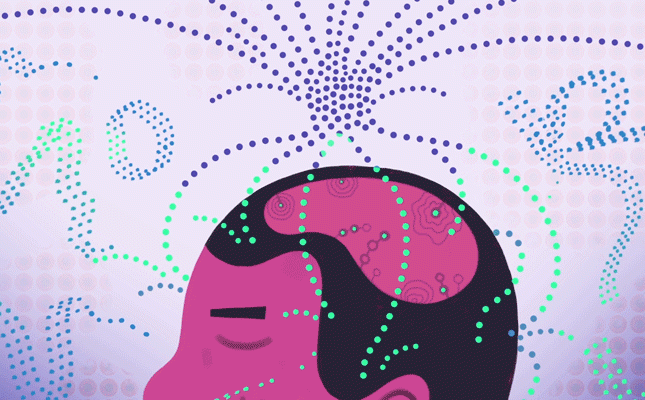Neurotech is sci-fi in reality. Technology that tracks our mind’s impulses, reads facial expressions and maps brain activity sounds futuristic, but in fact makes up the basis of neuroscience in the here and now. Yes, the brain remains a mystery of epic proportions – a fiendishly complicated puzzle that is constantly evolving – but each day tech advancements offer new insights and open up new opportunities, from curing neurological diseases to the power of telekinesis (yes, really).
In this blog, we will explain what neurotech does, what it might do in the near future and how marketers can harness its revolutionary power.
What is neurotech?
Neurotech is any technology that helps us understand neural activity and is strongly associated with studying the human mind. These ‘brain-observation technologies’ can be both invasive and non-invasive. Electrophysiology, for example, involves putting microscopic electrodes into the brain to record neural activity (invasive), whereas Magnetic Resonance Imaging (MRI) uses magnetic fields and radio waves to generate images of our bodily organs (non-invasive).
When it comes to neuromarketing, the most commonly-used techniques all fall into the latter category. Leading the charge is Functional MRI (fMRI), which measures oxygen in the brain to see where we react to particular stimuli. As such, we now know what parts of the brain are triggered by certain things. Pretty cool, huh?
Then there’s the ‘eggs’. MEG (magnetoencephalography) is a neuroimaging technique that records the magnetic fields produced by the brain’s electrical currents to map brain activity. EEG (Electroencephalography) measures brain waves by placing electrodes on the outside of the head to monitor electrical signals in the brain – particularly useful in studying epilepsy.
The final big beast is PET (Positron emission tomography). Like MRI, they produce an image of the brain by monitoring its activity. Unlike MRI, they rely on markers to spot areas of high activity. For example, higher glucose levels reveal areas of higher activation as they need more nutrients.
Throw in advances in eye-tracking technology, facial expression monitoring and lie detecting and it’s easy to see why we are learning more and more about our brains and thus our motivations, fears and emotions.
Neurotech of the future
Technology is getting faster and more advanced by the day and when it comes to neurotech, the big winner is medicine. An estimated 1.5 billion people (one in six people in the world) suffer from a neurological disorder and neurotech insights into diseases like Dementia, Alzheimer’s and Parkinson’s are at the forefront of finding cures.
It’s just one of the reasons why the neurotech industry is valued in the hundreds of billions. Another reason, though, is Silicon Valley’s fascination with neurotech. Having played around with electric cars and rockets, the enigmatic Elon Musk’s latest venture involves connecting our brains to the internet, so we can search Google with our minds. Quite literally, telekinesis.
Meanwhile, ‘wearable tech’ may hit the consumer market shortly. We can already listen to binaural beats to manipulate our brainwaves into modes of sleep, relaxation or alertness, but soon it could be as easy as putting on a headband with an in-built EEG device.
How marketers can use neurotech?
When it comes to neuromarketing, brain imaging technology was the catalyst for revolution. For the first time, researchers could directly monitor what was happening in the brain during experiments and we could establish and track emotional triggers – our turn-ons and turn-offs – which obviously helped marketers refine their products and interact with consumers.
Neurotech is also instrumental in crafting memorable experiences. It may seem like neurotech is all medical testing and lab work, but at Rebel & Soul we pioneered a 360° throwable camera for clients to use at neuroexperience events. Exciting, new and intriguing, the camera was thrown about by guests, providing a great experience, making long-term memories and forging a positive association with the brand. It also afforded insights into what consumers like to take photos of (lots of selfies, as it happens).
Download our Definitive Guide to Neuroexperience to learn more.
![]()
![]()

